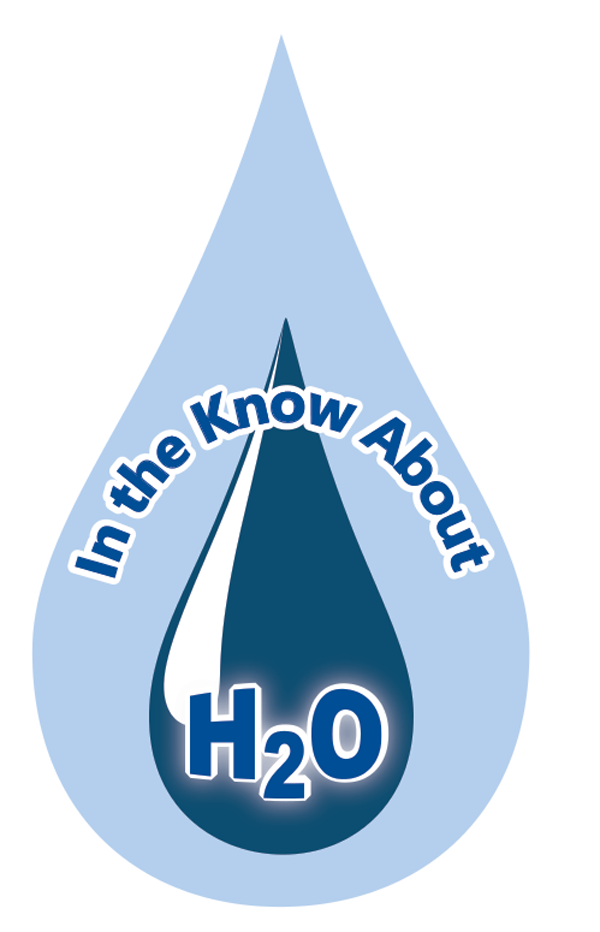Preparing Your Home for Severe Weather

Preparation is key for getting through a hurricane. Your water and sewer service may be disrupted before, during or after the storm. Taking the proper steps to prepare will help you be ready for the storm.
Contact Information
- Pinellas County Utilities Customer Service – (727) 464-4000
- Evacuation Zone Information – (727) 464-3800, (727) 453-3150 (Interactive Voice Response System (IVRS))
- Citizens Information Center – (727) 464-4333 (This number is only active during an emergency)
Resources
Websites
Evacuation Zone
Preparedness Checklist
What To Do
- Sterilize bathtub, jugs, bottles and other containers for water storage.
- Freeze water in plastic jugs.
- Take unused and hazardous household chemicals to the Household Hazardous Waste (HHW) Center.
- Remove large pieces of yard debris.
- Prune trees and limbs.
What To Buy and Keep On Hand
- 5-gallon Buckets with Tight-Fitting Lids
- Household Chlorine Bleach (Pure, Unscented Liquid)
- Heavy-Duty Plastic Trash Bags
- Deodorizer (Carpet Deodorizer)
- Water Purification Tablets
Water Storage (1-2-3)
How Much Water Do You Need?
Store at least a one-week supply of water for each member of your household. This equates to one gallon per person per day.
How to Store Water
You should store water in thoroughly washed plastic, glass, fiberglass or enamel-lined metal container. You can also store water in your bathtub. Thoroughly clean, rinse, wipe with bleach then fill the tub.
Other Sources of Usable Water
Your hot water heater is another source of usable water. Here’s how to use it:
- Before the storm, turn off the water inlet valve and the power to the water heater.
- Open the drain valve at the bottom to allow sediment to drain out until the water runs clear.
- Close the drain valve at the bottom and turn on the water inlet valve to refill the water heater.
Purifying Water
Boiling is the safest way to purify water. Bring the water to a rolling boil for one minute. Let the water cool before drinking.
As an alternative, use water purification tablets as directed or use liquid chlorine bleach (household bleach) to kill microorganisms. The disinfection procedure for liquid chlorine bleach is usually written on the label. If it is not given, read the percentage of available chlorine and use the guidelines below:
| Available Chlorine (see container label) | Drops per Quart of Clear Water |
| 1% | 10 |
| 4-6% | 2 |
| 7-10% | 1 |
Do not use scented bleach, color safe bleach or bleach with added cleaners. Mix the water thoroughly and allow it to stand for 30 minutes. The water should have a slight chlorine odor. If it does not, the disinfecting process should be repeated.